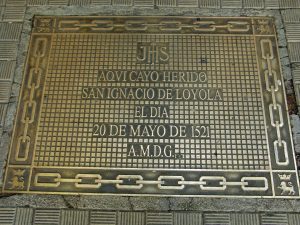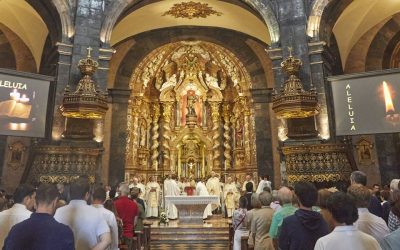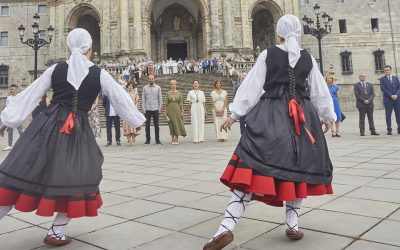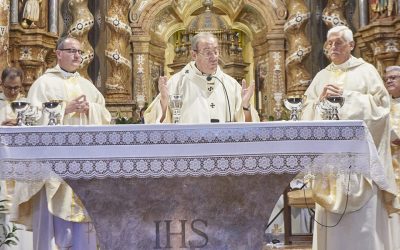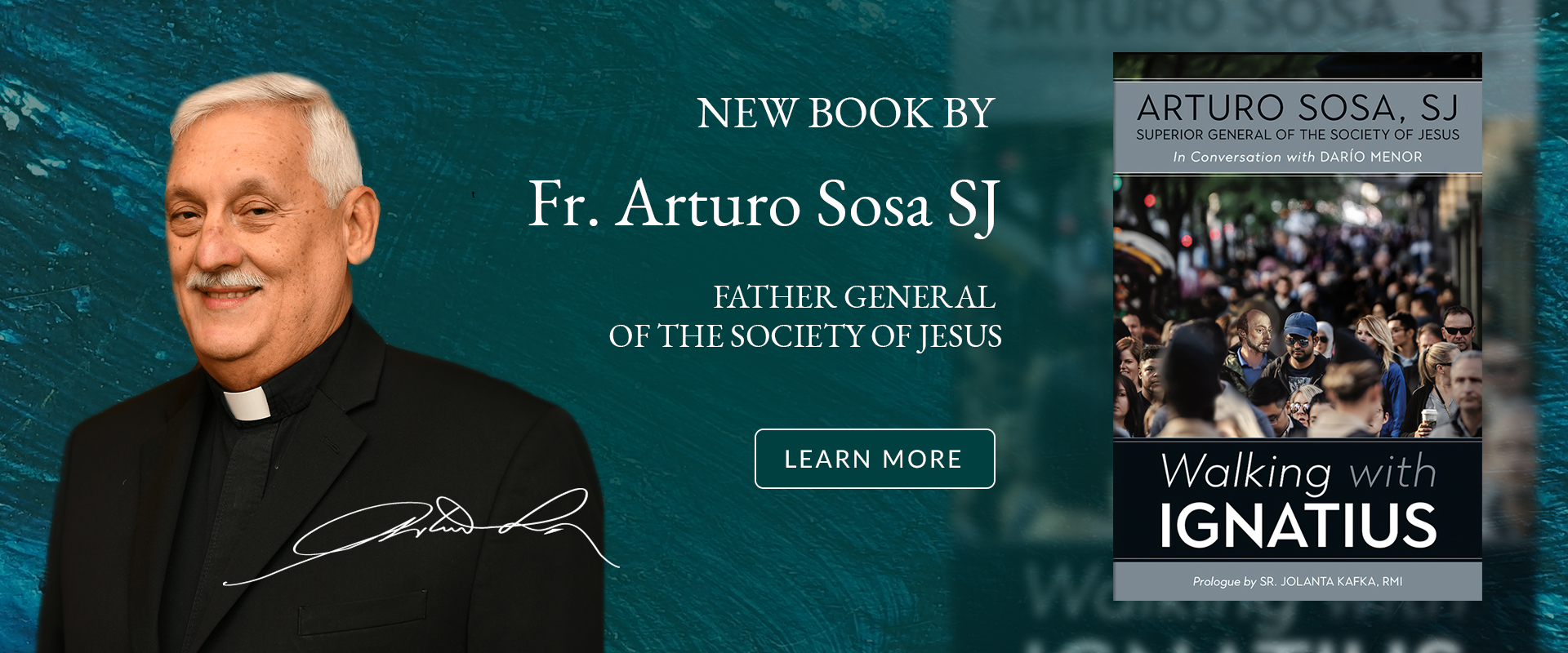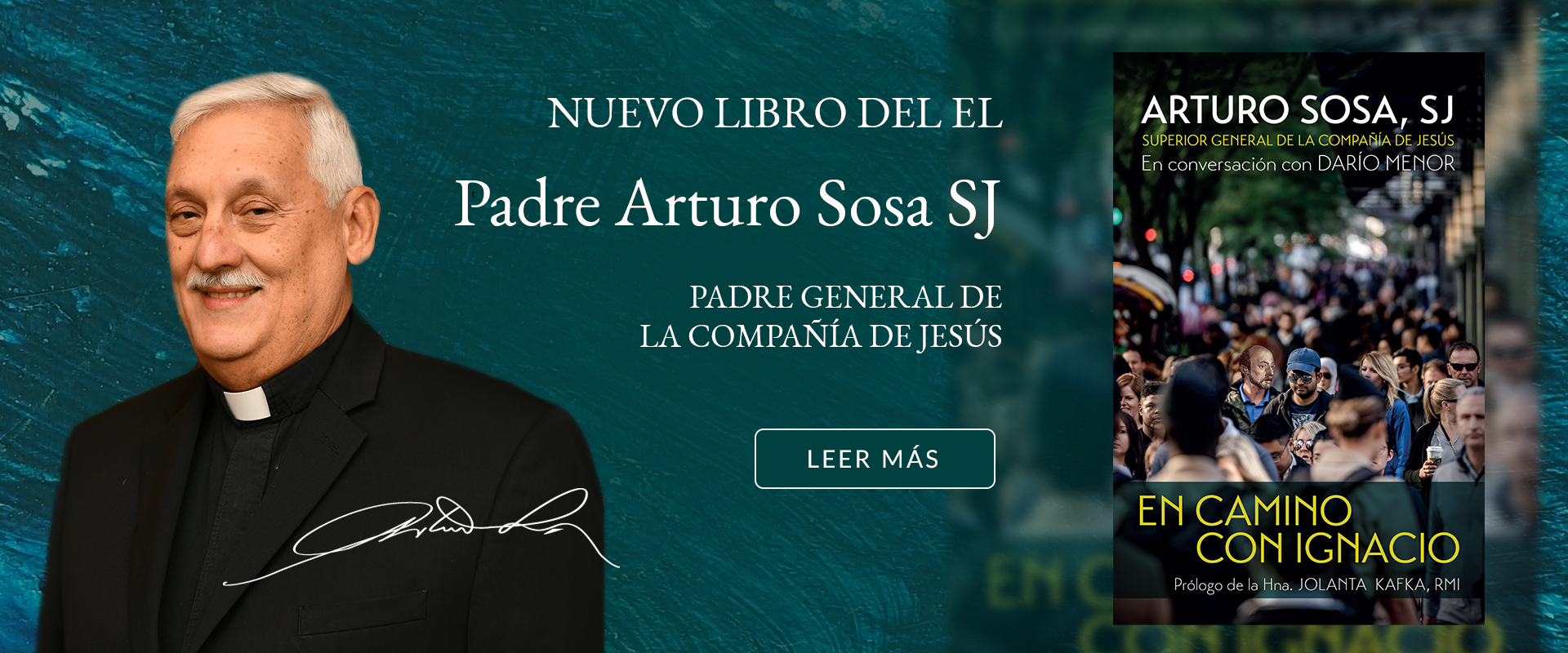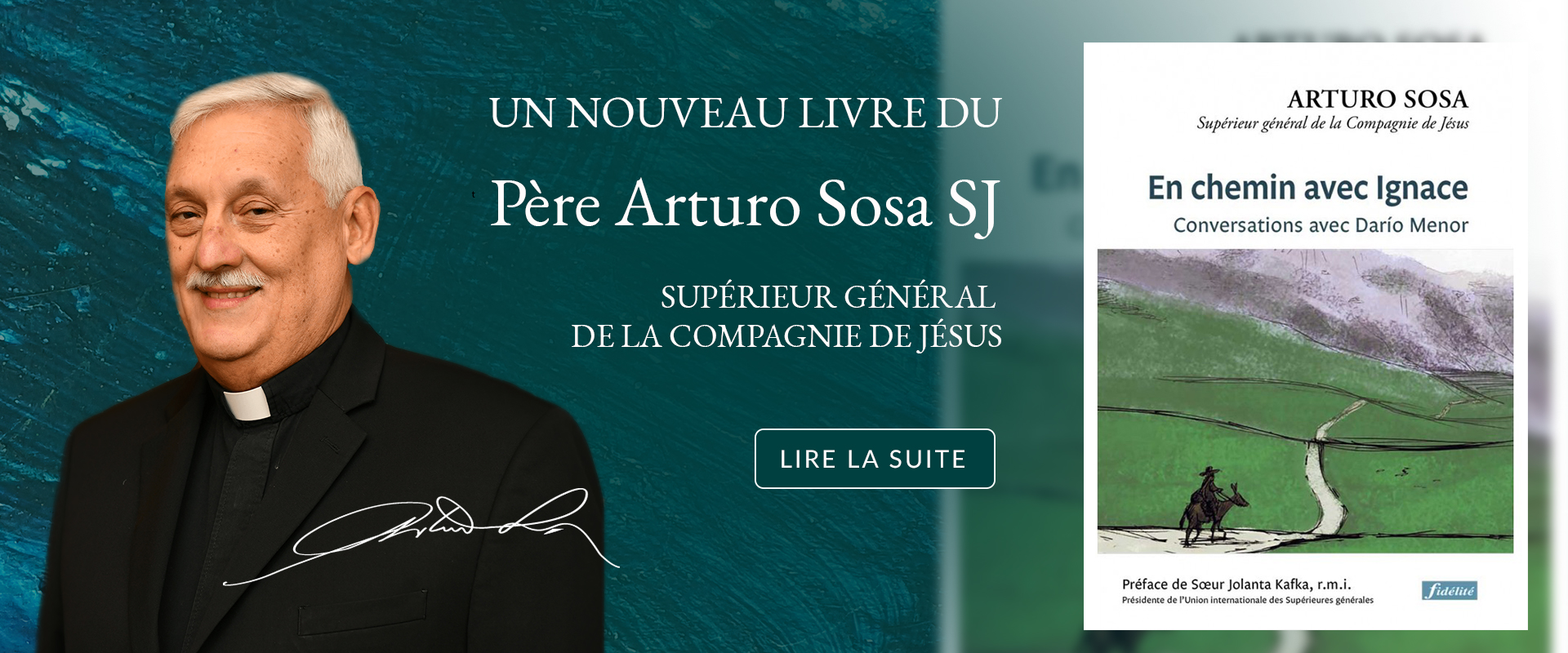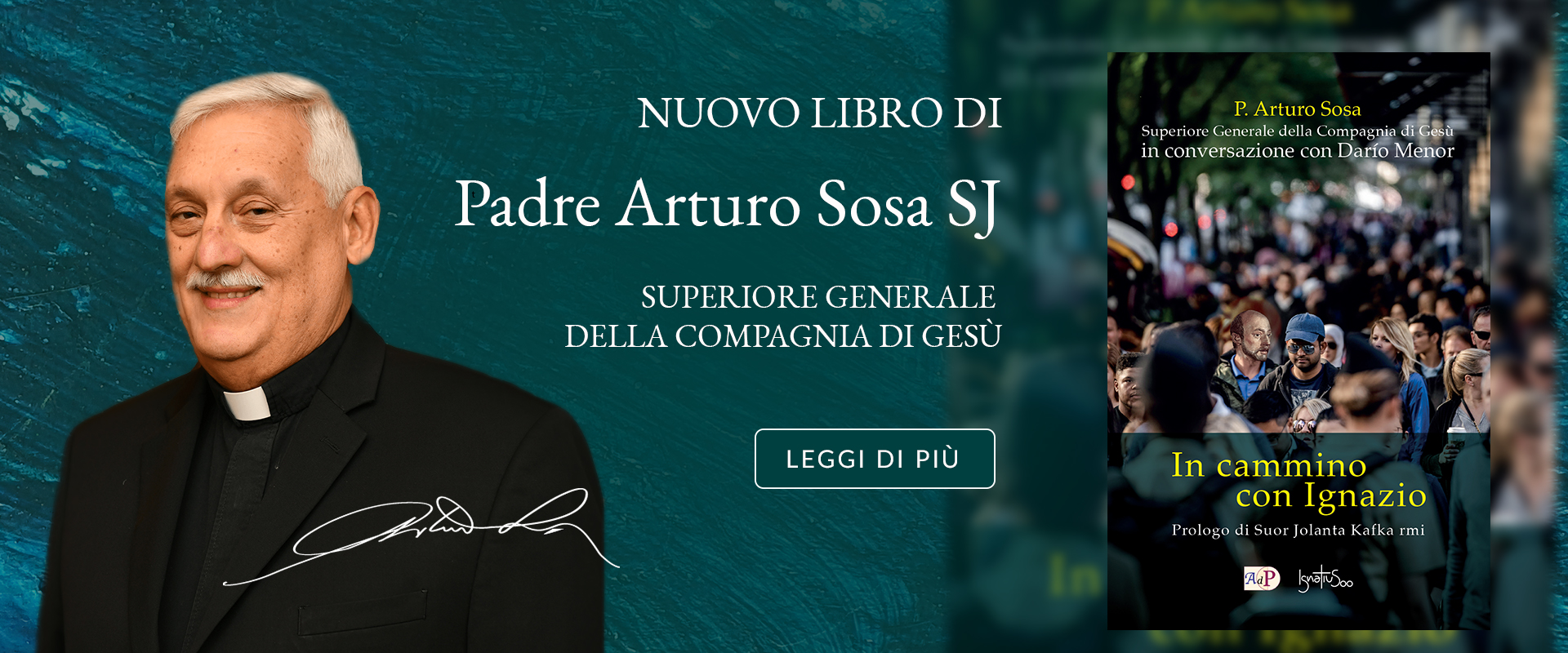Iñigo of Loyola in Pamplona. An end – and a beginning?
This article was first published in the Jesuits Yearbook of 2021. You can find the entire Yearbook following this link.
Iñigo was a little under 30. He had devoted his teenage years and twenties to preparing thoroughly for a life as a great knight, spurred on by hopes of attaining glory and the admiration of his peers. After learning to mingle with the most important noblemen of the kingdom, his ambition was limitless: He sought to win every battle, to acquire a name even more glorious than that of his ancestors, to obtain great riches and win over noble ladies with a blend of wildness and gallantry. All was going well for him, and now, in May 1521, the defence of Pamplona offered Iñigo the p
erfect opportunity to jump-start his career. At last, he could prove to the world and to the king that he was ready to be a major figure in the kingdom of Castile, at the service of the Emperor Charles.
May 20 dawns: Iñigo, alongside his small troop, is holed up in the fortress of Pamplona, still resisting the French. Yet virtually the whole city has already surrendered, without a fight. To carry on seems futile, nay, utter folly: a bare handful of loyal soldiers holding their positions against the well-equipped 12 000-strong army laying siege to the fortress. The tiny troop holds out for as long as possible. Inigo has persuaded them not to surrender by arguing that they should stay loyal to the King, serve the Crown, fight with pride and never lose honour. Iñigo barely spares a thought for the suffering the fight may bring nor for the lives possibly lost. Nothing can brake his ambition: the time is ripe to dazzle the world with the chivalric code of honour he is willing to risk his life for.
The day advances, the troops slacken, casualties mount up. The soldiers in the small fortress cannot handle much more. With every charge of the enemy, the city walls begin to crack, until a shot of cannonball sails through, shattering the legs of the young Guipuzcoan. He collapses, half dead. The battle reaches an end. The French have won. Iñigo has failed.
Thus we start the Ignatian Year commemorating the anniversary of a defeat, of a failure. In every life, there are times when the only certainty is that something is ending, and no one can guess what lies ahead. At such times nothing is within our grasp, only emptiness. All that was once fought for has fallen apart. There is no way back, leaving us gravely wounded, without any meaningful prospects to give life meaning. That was Iñigo, at the end of May 1521.
Iñigo’s first fracture is the most visible, that of his body. As a young man of high rank, he took care of his looks, his hair, his clothing. He liked to delight others with his youthful, manly, strong and attractive appearance. But that wretched cannonball had nearly yanked one of his legs off, leaving the other badly injured. His recovery was a struggle: In the end his legs were saved, but he would never recover his earlier good looks. For the rest of his life, he would limp and learn to bear this.
The second fracture is psychological, and in large measure is the legacy of the first: the shattering of his ideals. Little by little as he convalesces in his family home in Loyola, Iñigo realises that it is not only his body that is broken. For how can he be a knight and perform great feats, given his physical handicap? How can he hope to seduce and captivate “ladies” of rank now that he is so obviously ugly? How can he retain his youthful, knightly ideals when age has visited him prematurely, leaving its mark in his physical wounds and scars? He cannot fool himself. Nothing will be the same ever again.
The third and deepest damage is to his identity. How can Iñigo understand who he truly is now that both his body and ideals are shattered? Should he thenceforth be resigned to a mediocre life, crushed by his memories, yearning for what was not to be or simply never happened? Would the acclaim of others for his courage and boldness be enough or far too little to satisfy a man who once longed to conquer the world? What would remain of his heroism, his pride, that steely determination to make every kind of conquest?
In Pamplona, the journey has scarcely begun. What is obvious is his failure. What is undeniable are his wounds. Little did he imagine that God would, in his own way, use those chinks in his armour opened through battle to draw Iñigo close to him: in silence, giving much food for thought, through the healing of other, deeper wounds, and by revealing his mercy through the face of Jesus, the only Lord truly worth serving.
Translation by Elizabeth Twiston Davies

